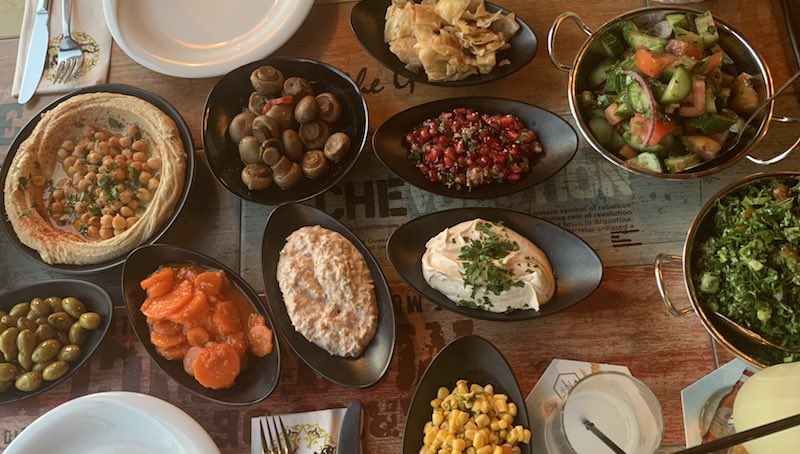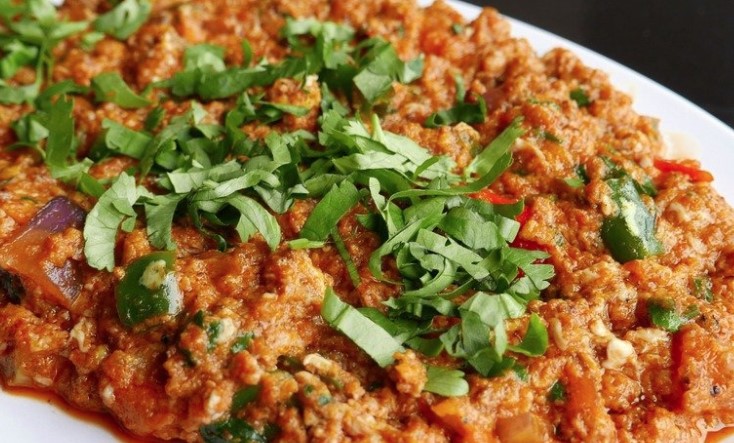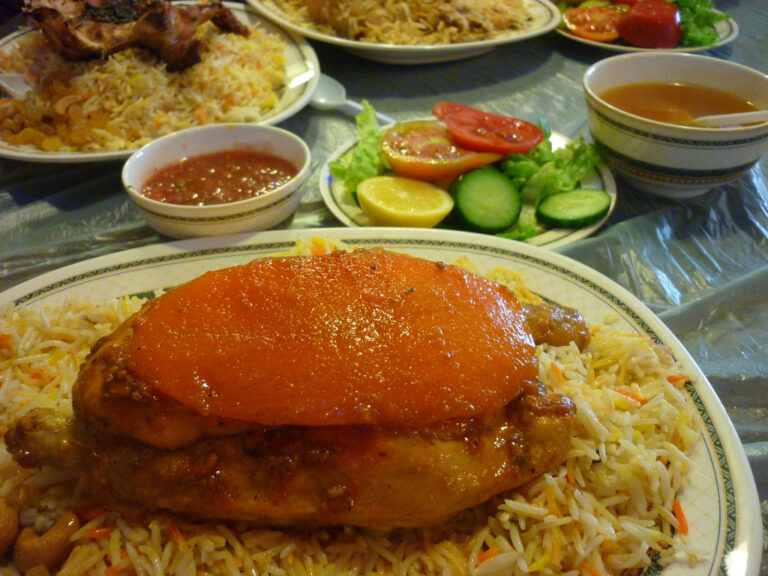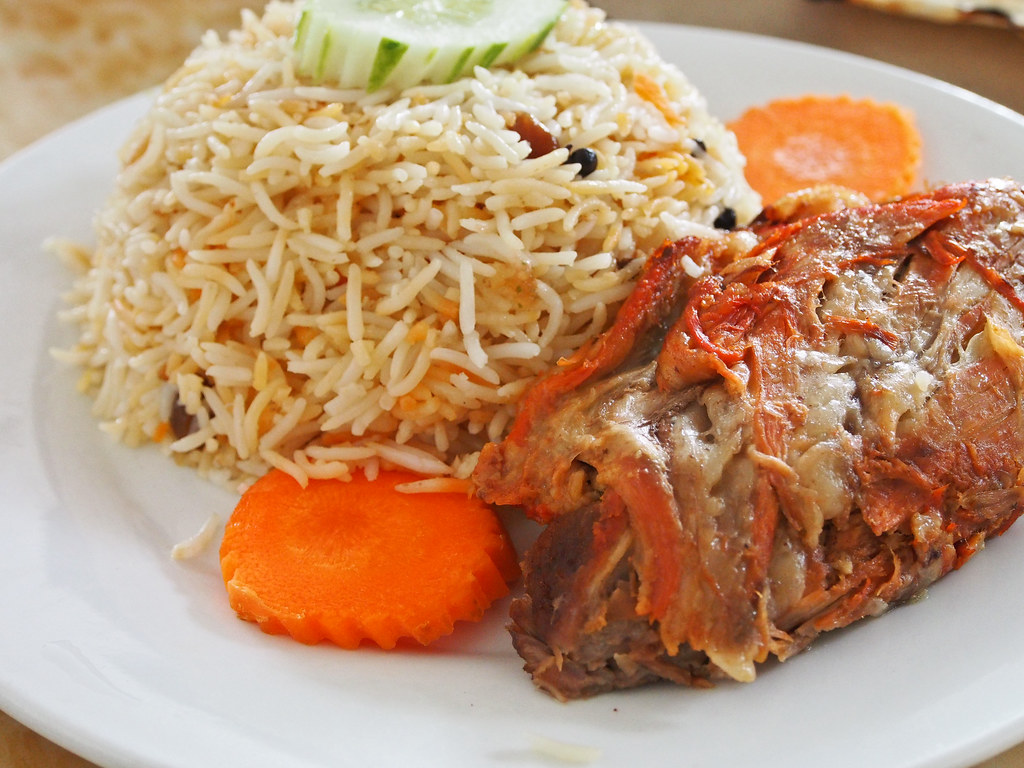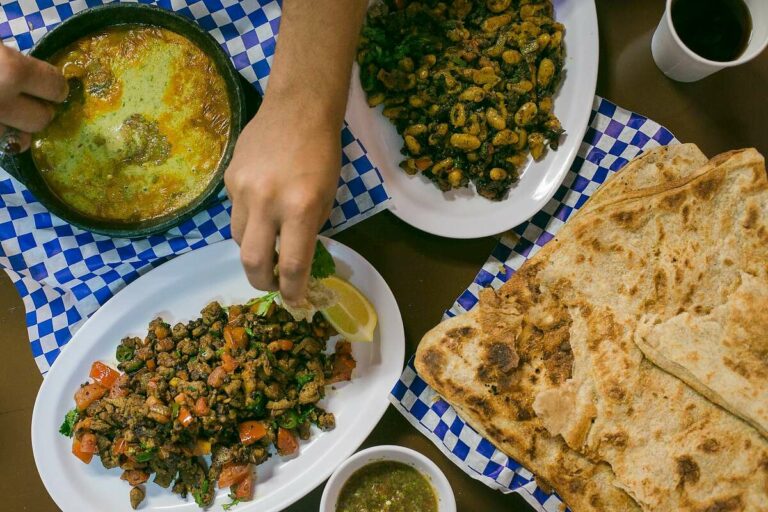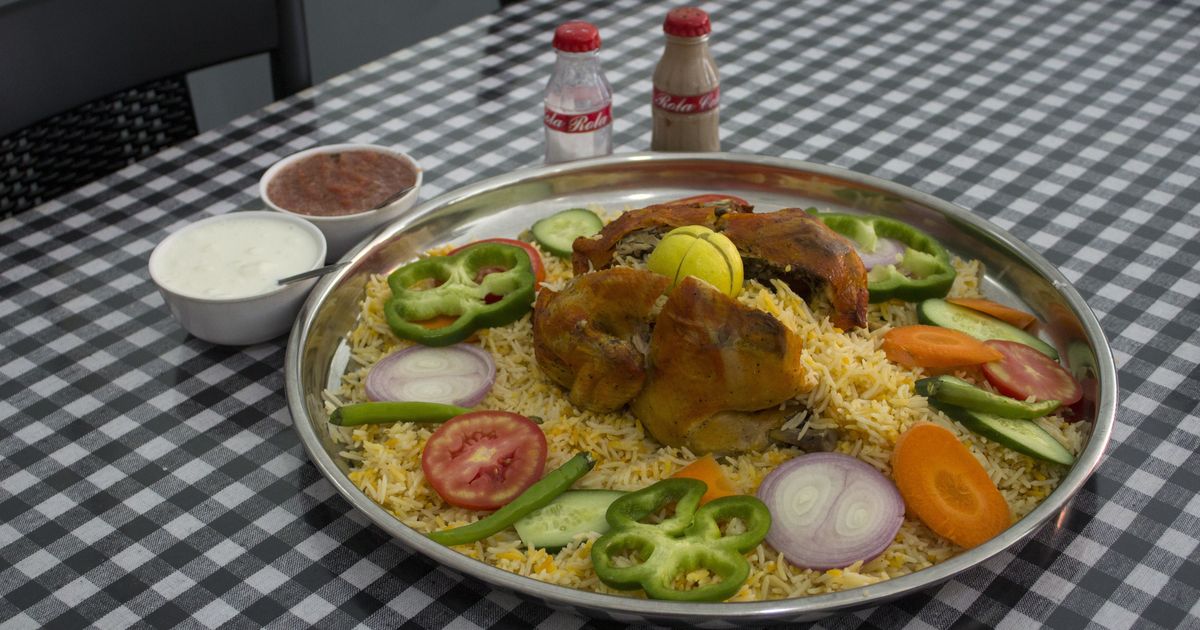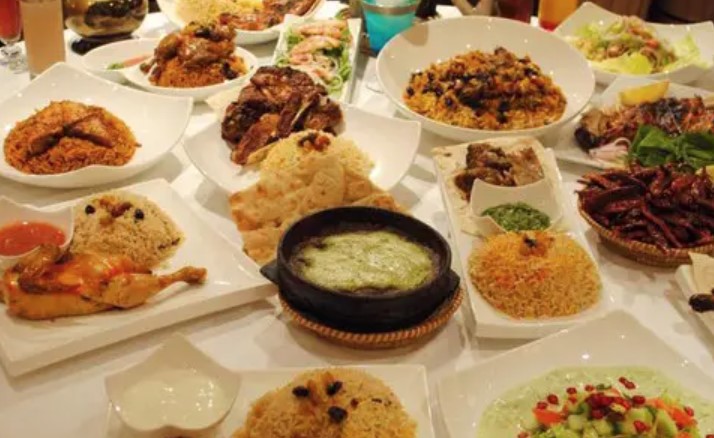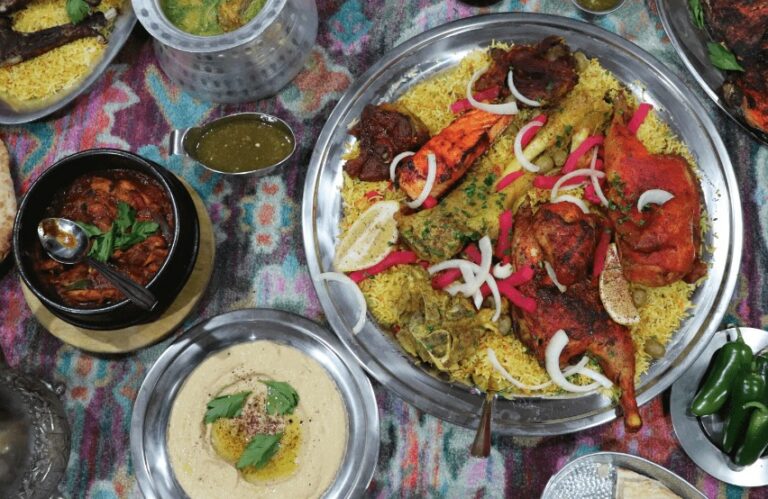Introduction: Yemeni and Iraqi Jewish cuisines
Jewish cuisine is a melting pot of various cultures and traditions, reflecting the history of Jewish migration from different parts of the world. Two of the most significant Jewish communities that have contributed to Israeli cuisine are the Yemeni and Iraqi Jewish communities. Yemeni and Iraqi Jewish cuisines have their unique culinary traditions and ingredients that have influenced Israeli cuisine significantly.
Historical background of Jewish migration to Israel
Jewish migration to Israel began in the late 19th century under the Zionist movement, which aimed to establish a Jewish homeland in Palestine. Jewish immigrants from various parts of the world, including Yemen and Iraq, settled in Israel and brought with them their culinary traditions. The Yemeni and Iraqi Jewish communities were among the largest Jewish communities in Israel, and their influence can be seen in the Israeli food culture.
Yemeni and Iraqi Jewish culinary traditions
Yemeni Jewish cuisine is characterized by the use of herbs and spices, such as turmeric, cumin, and cardamom. Yemeni Jewish dishes include Saluf, a type of flatbread, and Jachnun, a pastry made of rolled dough and baked overnight. Iraqi Jewish cuisine also uses a range of herbs and spices, including saffron, cinnamon, and coriander. Iraqi Jewish dishes include Kubbeh, meat-filled dumplings, and Tbeet, a savory rice dish.
Israeli dishes influenced by Yemeni and Iraqi Jewish cuisines
Israeli cuisine has been influenced by Yemeni and Iraqi Jewish culinary traditions in various ways. Shakshuka, a popular Israeli breakfast dish, is believed to have originated in Yemeni Jewish cuisine. It consists of eggs cooked in a spicy tomato sauce and is usually served with bread. Sabich, a popular street food in Israel, is also believed to have been influenced by Iraqi Jewish cuisine. It consists of pita bread filled with fried eggplant, boiled egg, salad, and tahini sauce.
Examples of Yemeni and Iraqi Jewish dishes found in Israel
Several traditional Yemeni and Iraqi Jewish dishes can be found in Israel. Jachnun, a Yemeni Jewish pastry, is a popular breakfast dish in Israel. It is served with grated tomato, skhug (a spicy sauce), and hard-boiled eggs. Kubbeh, an Iraqi Jewish dumpling filled with meat, can also be found in Israel. It is usually served in a soup with vegetables and herbs.
Conclusion: The impact of Yemeni and Iraqi Jewish cuisines on Israeli food culture
The Yemeni and Iraqi Jewish communities have significantly influenced Israeli food culture. Their unique culinary traditions and ingredients have made their way into Israeli cuisine, creating a diverse and flavorful food culture. The influence of Yemeni and Iraqi Jewish cuisines can be seen in popular Israeli dishes like Shakshuka and Sabich, as well as traditional Yemeni and Iraqi Jewish dishes found in Israel.

